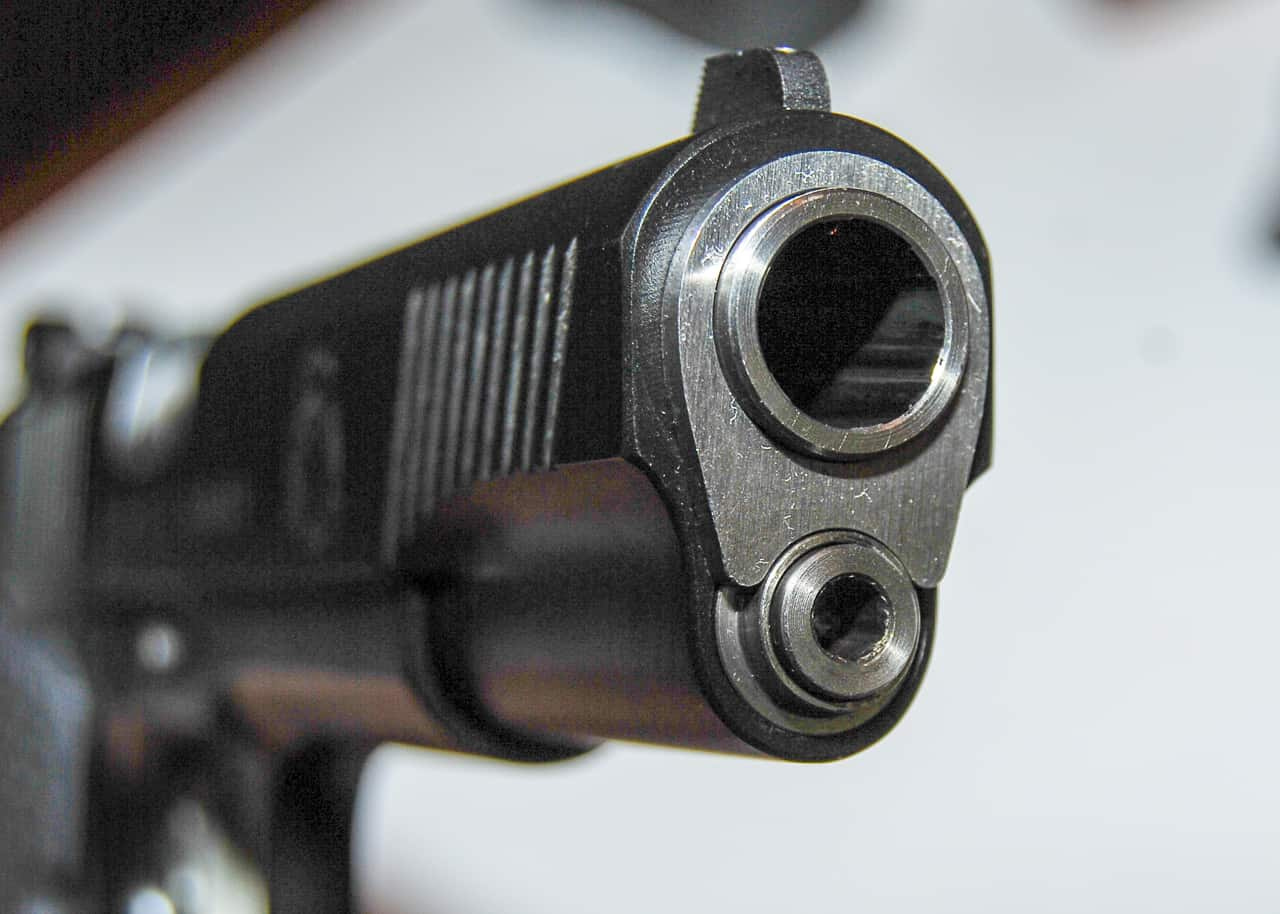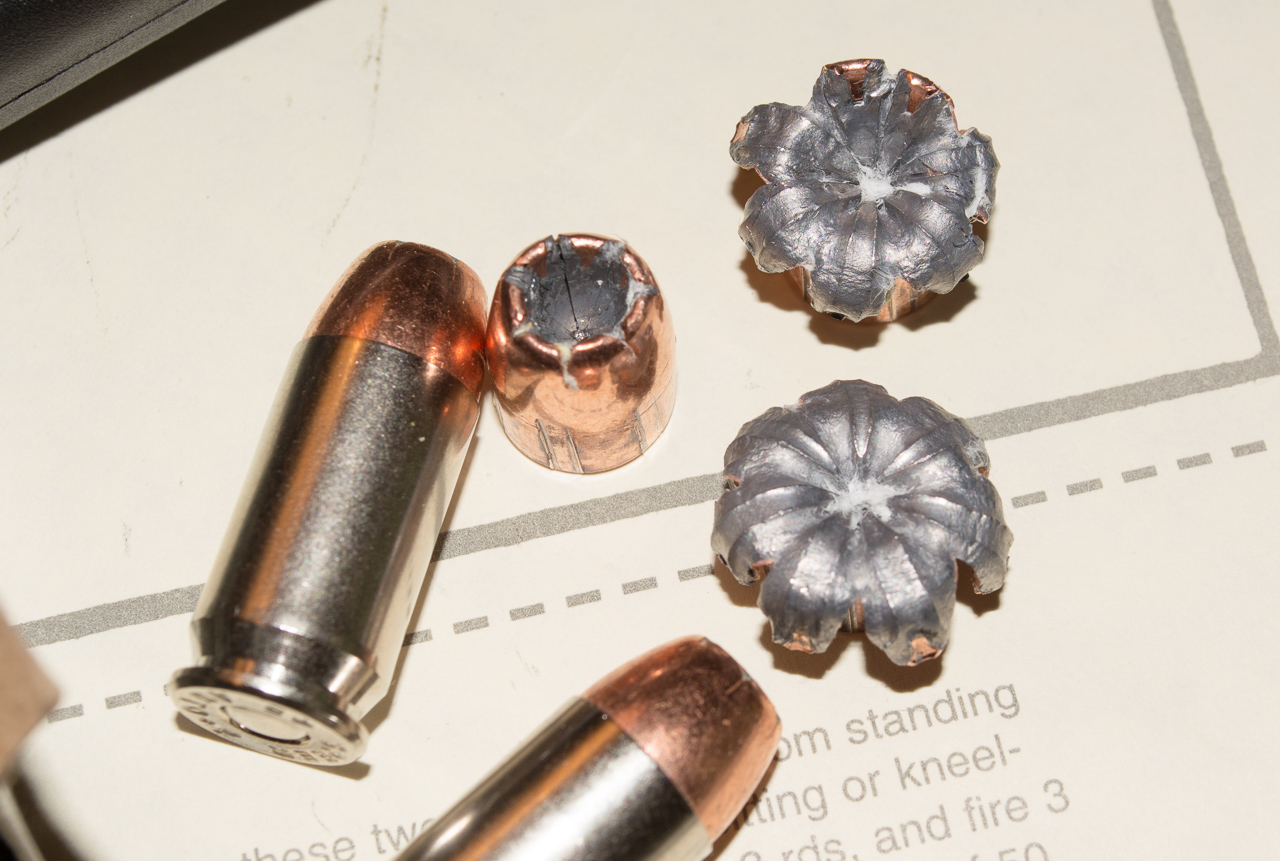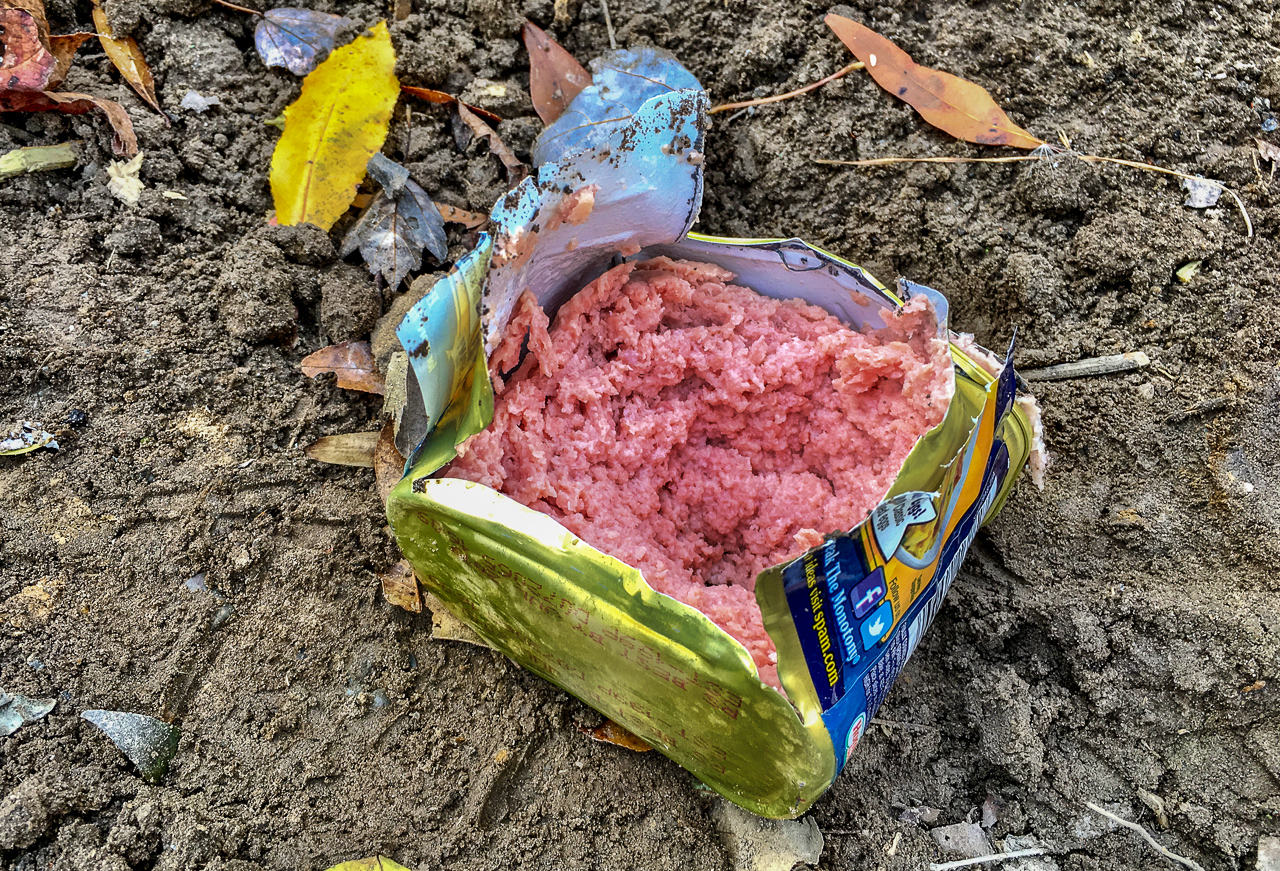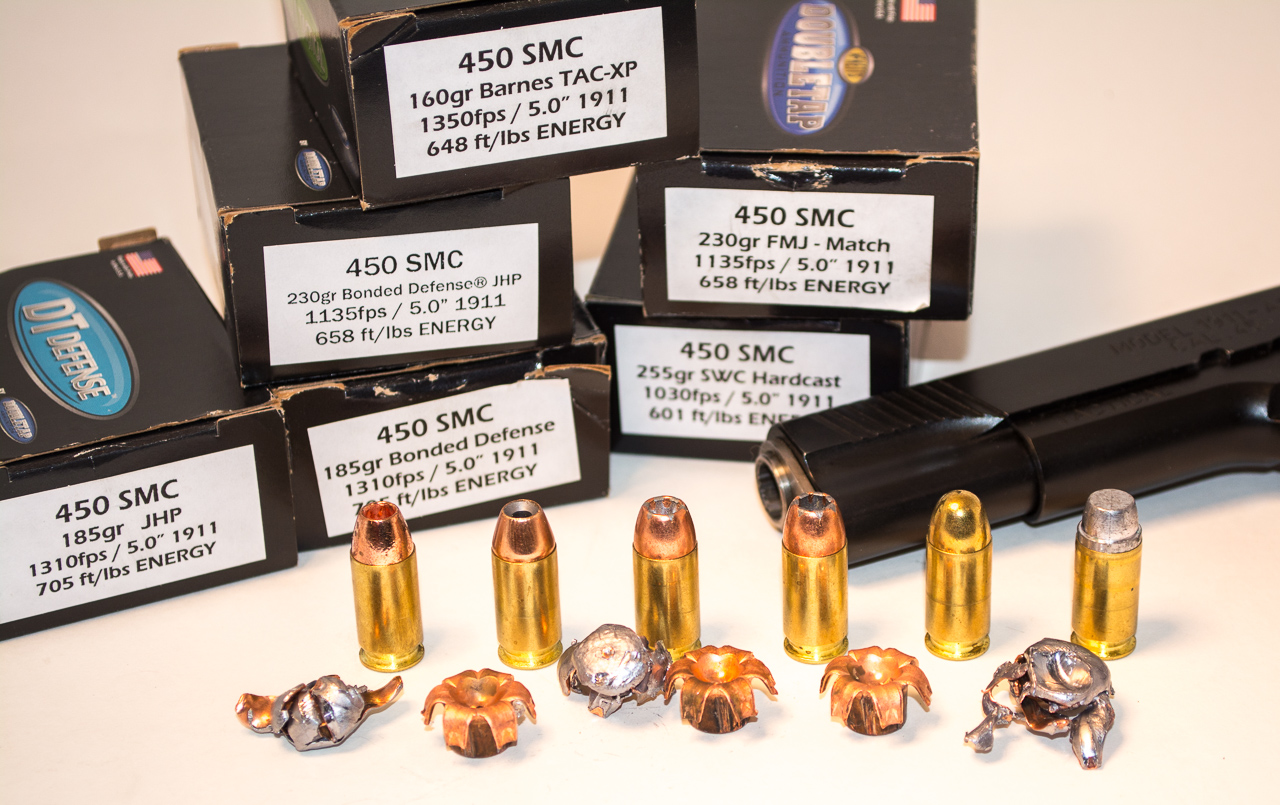3 Reasons to Choose the .45 ACP: By the Numbers
Tom McHale 08.06.18

A single .45 ACP round, fired by John Moses Browning from the grave, destroyed the Ploesti Oil Refineries back in World War II, thereby making additional and highly dangerous bombing missions unnecessary. In fact, the ricochet wiped out a platoon of German Panzerkampfwagen VI tanks.
True story? Nah. But according to the hearsay reputation of the awesome destructive power of the venerable .45 ACP, it might as well be. And make no mistake, the .45 ACP is a proven performer while the 9mm may or may not perforate damp Kleenex – depending on the ambient humidity.
As promised, we’re doing a bit of political flip-flop. Since posting all the mathematical and scientific reasons that 9mm is the only sensible choice for self-defense, I’ve seen the light and come to understand that choosing the .45 ACP will result in a remarkable case of toxic masculinity. Who doesn’t want that?
Again, by the numbers, here’s why you’re a complete failure at the game of Life if you don’t choose a .45 pistol.
Expansion Equality
Now here’s the thing. 9mm fanboys will almost always spout off stuff like “Modern 9mm ammo is far better and will expand to diameters bigger than the .45 ACP.” What they leave out, however, is that modern .45 ACP ammo expands too. When you shoot a .45 ACP hollow point into organic material, I’m pretty sure that it grows to a diameter of over 17 feet. Granted, that figure is from memory, so I might have to verify the math…

OK, so I was close. During my ammo testing and subsequent measuring, I’ve shot plenty of .45 ACP self-defense ammunition into gelatin blocks and observed some pretty impressive results. While expansion diameter wasn’t quite 17 feet, it was still epic. Consider these numbers that I measured from recovered projectiles.
Barnes TAC-XPD 185-grain: .791”
Sig Sauer V-Crown 230-grain: .712”
Federal HST: .900”
But diameter only tells part of the story. If a bullet was just a straight line flying sideways, I suppose it would be a decent enough measurement, but expanded bullets make circular shapes. Because I managed to stay awake through at least two 9th-grade geometry classes, I know how to figure the area of a circle. Remember Pi times radius squared? Surface area seems the more relevant comparison, now doesn’t it?

Under the very best conditions, a bullet of either caliber can expand to double its original diameter, so let’s use those numbers for both 9mm and .45 ACP. I figure that a good .45 bullet goes through its target leading the way with about .64 square inches of doom. A good 9mm that expands to double its diameter, or 0.71 inches, presents just 0.40 square inches of expanded bullet.
There you have it. .45 ACP wins by 60 percent. Case closed.
Stopping Power
A week or so ago, when I was young and naïve and a 9mm advocate, I referenced the Greg Ellifrtiz study of 1,785 actual shooting events to make the point that the 9mm and .45 weren’t all that different when you looked at results of things like one-shot stops, number of rounds to incapacitate, and other vital metrics. Here’s the thing. Close schmose. The .45 ACP won in virtually every category. On average, it takes 0.37 fewer rounds to stop an aggressor when using a .45 instead of a 9mm. That adds up.
Here’s a metric that stood out. One of the factors that Ellifritz studied was the percentage of shots that hit in the vital areas of head and torso. Misses weren’t factored in here, just distribution of hits. People choose 9mm because it’s easier to shoot and therefore more accurate, right? Well, across all those real-world events that involved 9mm, the percentage of hits in vital areas was 74 percent. Impressive, isn’t it? Well, not compared to .45 pistol users. They managed to put 85 percent of their hits in vital areas. That’s probably a result of the toxic masculinity benefit we discussed earlier.

Feel the need for speed!
Cheesy or not, I loved the first Top Gun movie back in the day, and now rumors of a long-awaited sequel have me thinking about the joys of speed.

Depending on your point of new, the relatively leisurely velocity of the traditional 230-grain .45 ACP is either a significant benefit of a shortcoming that will cause a reversal of the space-time continuum during a self-defense encounter. Sure, 850 feet per second is nothing to sneeze at, and even at 100 yards, a typical .45 slug is still moving at a hair over 800 feet per second, but if you just have to have more, decent pistols chambered for the century-old cartridge have a new and zippier option.

The 450 SMC, currently produced by Doubletap Ammunition, is dimensionally the same as the .45 ACP but features some important differences that allow it to perform with extra gusto. The case is built from rifle brass and has thicker walls at the base. It also uses a small magnum rifle primer. That allows even more brass in the base and that helps the cartridge contain higher pressures. The net-net of the science is that you can shoot 450 SMC ammo from a .45 pistol rated for +P ammo.
Here’s what you get. How about a 160-grain Barnes TAC-XP all-copper bullet at 1,250 feet per second? I clocked it from both a Springfield Armory 1911 TRP and FNX 45 Tactical at those velocities. That delivers about 550 ft-lbs of energy by the way. Or maybe you prefer the traditional 230-grain projectile. Those zip along at about 1,150 fps depending on your pistol and crank out 675 foot-pounds. If you’re a 185-grain type, that one moves at 1,350 fps and delivers nearly 750 ft-lbs. Here’s a new option. If you want to use your trust 1911 as a woods gun, maybe the 255-grain hard cast load is for you. I measured that one, again from the TRP, at a blistering 1,085 feet per second. That’s 667 foot-pounds.
Sure, you’ll pay a price in terms of recoil, but if you feel the need for speed, that’s the tradeoff. Remember the toxic masculinity benefits you get before complaining about the extra recoil.
So, there you have it. The case for .45 ACP is so compelling that I torch cut all the receivers of my 9mm pistols and donated the scrap metal to Dumpster Fires United. They’ve been busy recently, and I figure they could make good use of the raw materials.

